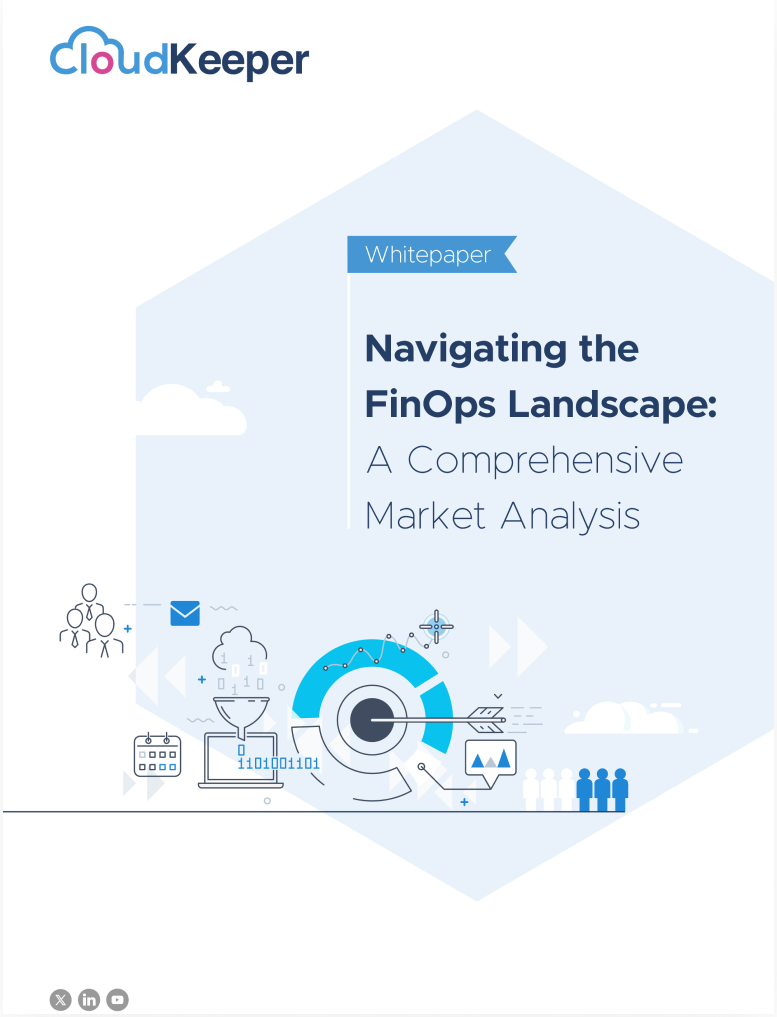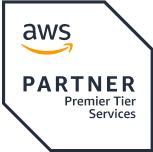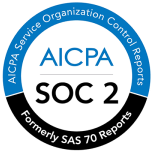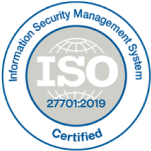With the advent of digital transformation, businesses are migrating their core computing functions to variable, consumption-based clouds. Cloud service providers enable businesses to scale the resources up or down depending on their changing requirements in real-time while simultaneously reducing their overall costs.
Along with the freedom of scalability, organizations should also have a cloud cost management plan in place. Such plans replace up-front cloud infrastructure purchases and offer an efficient pay-as-you-go model on AWS Cloud. As a result, the businesses benefit with reduced services pricing.
However, while planning for AWS cost efficiencies, there are a few challenges around inefficient resource utilization that impede the process of controlling cloud spends. Most AWS users over-provision the workloads & forget to downsize later, which leads to losses due to underutilized resources. With unpredictable infrastructure requirements and unusual spends, monitoring AWS costs has become highly complex. Furthermore, AWS provides a plethora of options to choose from when it comes to storage, instance type, regions, or saving plans, which brings in confusion & the possibility of making incorrect service selection, leading to higher costs.
It is about time to identify the scope of increasing cost efficiencies on AWS. To balance the efficient resource utilization & cost incurred and to reduce AWS bills, here are some ways to optimize your cloud stance for long-term cost saving, making the most of every dollar you spend:
1. Spot idle & underutilized resources
Begin with the detailed review and utilization analysis of all your resources and categorize all your workloads into three categories - idle, underutilized, and optimally utilized (~60% and above utilization).
To identify an idle workload, the key focus must be on defining the right parameters. For different resource types, there are different correct parameters. For instance, for a Load Balancer, it could be “Request Count”, in the case of Amazon EC2 it could be “Network in/out”, and for elasticache, it could be hit/miss rate. AWS monitoring can thus be leveraged to make a quick and effective impact on savings. Some examples of clearly idle resource would include -

Another way to cut down costs is to eliminate unused resources. It is advised to increase the utilization footprint of all the resources to at least 50-60%. There is always the scaling option in case the utilization goes beyond 60%. Consider running multiple applications/databases on a single server if you see risks in downgrading.
2. Use latest generation instances
Look out for AWS’s announcements on product/feature upgrades, as these latest generation instances tend to have enhanced performance & functionality. For the optimally utilized instances (~60% and above utilization), it is always advisable to use the latest generation instances which are always cheaper and come with better hardware associated with it.
3. Choose appropriate storage option
Most businesses use the same standard storage class for all their storage needs, this again results in cost in-efficiencies as the storage cost can quickly pile up.
The cost is determined by multiple factors, including the data storage and retrieval costs. For example, Standard Storage Class would be most appropriate for static content hosting whereas Standard S3 Infrequent Access storage types are more suitable for data backups. A deep dive into the durability and SLAs of each storage type can help identify the right storage class for a specific use case & help save costs.
4. Avoid data transfer charges
Data transfer between EC2 instances of the same availability zone should be done on Private IPs as it is free of cost. A good practice would be to compress the data at every level of the transfer process possible. If you heavily rely on AWS services like S3 & DynamoDB, you can mitigate NAT gateway charges by using VPC gateway endpoints for S3 & DynamoDB. Once VPC gateways are enabled, all the data transfer would start over the private network, significantly cutting down the data transfer charges. You can read more about data transfer charges in our Whitepaper - Demystifying AWS Data Transfer Charges
5. Choose the appropriate region & instance family
Choosing the right region impacts the overall cloud spend. Take North Virginia as an example; the pricing for servers, data transfer, storage, and other service components is the lowest. Hence hosting in this region could save up to 40% in costs straight away.
Another factor would be the choice between processors. Amazon’s AMD-based processors have the same processing power as their Intel counterparts. However, the same processing capability from AMD would cost 10% cheaper in North Virginia when compared to Intel processors. You save some cost unless there is a specific application-based need to stick to Intel processors.
6. Use spot instances
Access additional compute capacity at a steep discount on Reserved or On-Demand Instance pricing. The interruptions on Spot instances are very less, thus allowing you to run highly optimized, scalable workloads.
7. Move to serverless architecture
The serverless architecture ensures that billing is done as per the actual consumption and not per the unused capacity you may have provisioned for. Serverless Architecture saves direct costs and takes away the complexity of administration & scalability.
After implementing the above-mentioned recommendations, the AWS users should ensure the highest possible coverage of Reserved Instances/AWS Saving Plans. At the end of the day, tracking instance utilization & accordingly managing them is imperative for effective AWS cost management. Cloud cost optimization can no longer be treated as an ad-hoc activity. It should be a well-structured, ongoing approach to fully utilize Cloud's scalability benefits & cut down your AWS spend.








